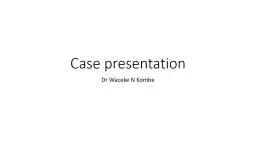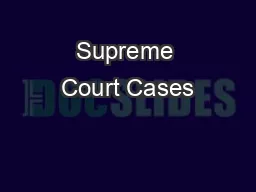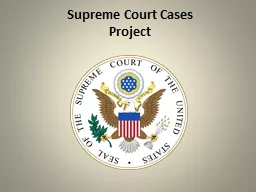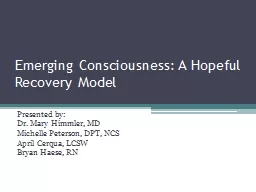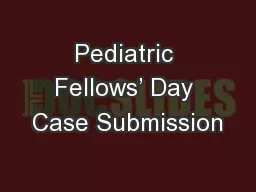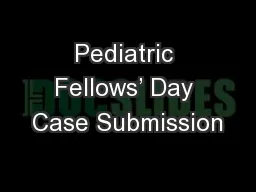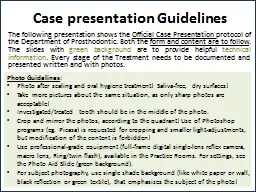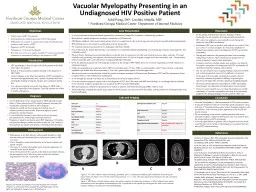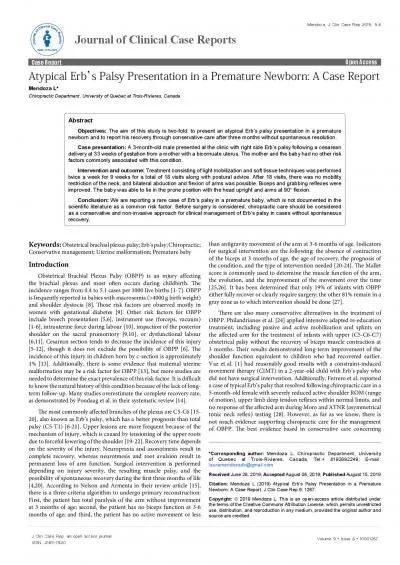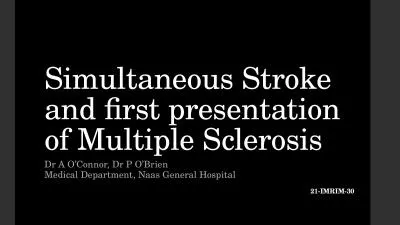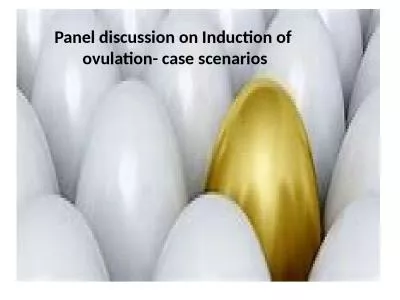PPT-Case presentation Dr Waceke
Author : donetrand | Published Date : 2020-06-16
N Kombe HISTORY MHN Age 1 year 3 months CO Abdominal Distension for 1 week No yellowness of eyes not easily fatigued passing urine normally No vomiting No diarrhoea
Presentation Embed Code
Download Presentation
Download Presentation The PPT/PDF document "Case presentation Dr Waceke" is the property of its rightful owner. Permission is granted to download and print the materials on this website for personal, non-commercial use only, and to display it on your personal computer provided you do not modify the materials and that you retain all copyright notices contained in the materials. By downloading content from our website, you accept the terms of this agreement.
Case presentation Dr Waceke: Transcript
Download Rules Of Document
"Case presentation Dr Waceke"The content belongs to its owner. You may download and print it for personal use, without modification, and keep all copyright notices. By downloading, you agree to these terms.
Related Documents

